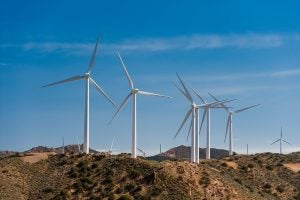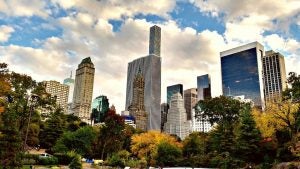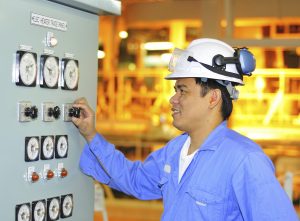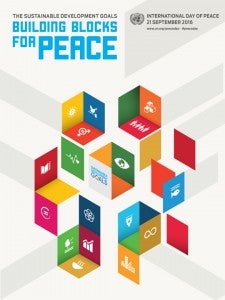 The Los Angeles City Council recently passed a unanimous resolution requiring Los Angeles Department of Water and Power – the largest municipally-owned utility in the country — to study how the city can achieve a 100% clean energy future. With help from research partners, including academic institutions, the U.S. Department of Energy, and environmental and consumer groups, the study has the potential to become a foundational roadmap for running the utility on only clean and renewable energy.
The Los Angeles City Council recently passed a unanimous resolution requiring Los Angeles Department of Water and Power – the largest municipally-owned utility in the country — to study how the city can achieve a 100% clean energy future. With help from research partners, including academic institutions, the U.S. Department of Energy, and environmental and consumer groups, the study has the potential to become a foundational roadmap for running the utility on only clean and renewable energy.
California currently has a goal to reduce greenhouse gas emissions 40% below 1990 levels by 2030, with half of the state’s energy supply powered by renewable electricity by 2030. To achieve these targets, it is imperative for the state to look seriously at how to get off of fossil fuel dependency for our energy needs. Utilities and cities can be the key to reaching those climate goals. Read More










 For New Yorkers wanting more clean, distributed energy, the recent Con Edison rate case offers some good news.
For New Yorkers wanting more clean, distributed energy, the recent Con Edison rate case offers some good news. If you are anything like the typical Californian, you likely took the opportunity to get outside this summer and explore the great outdoors. Chances are you also took plenty of insect repellent to avoid becoming the latest offering at the mosquito buffet. Here in the Golden State, the California Public Utilities Commission (CPUC) is also fighting off BUGs – lest you think the CPUC is branching out into new regulatory territory, they are targeting the kind that harm our environment and public health: back-up generators (BUGs) that run on fossil fuels.
If you are anything like the typical Californian, you likely took the opportunity to get outside this summer and explore the great outdoors. Chances are you also took plenty of insect repellent to avoid becoming the latest offering at the mosquito buffet. Here in the Golden State, the California Public Utilities Commission (CPUC) is also fighting off BUGs – lest you think the CPUC is branching out into new regulatory territory, they are targeting the kind that harm our environment and public health: back-up generators (BUGs) that run on fossil fuels. Each year since 1981, the United Nations (UN) recognizes an
Each year since 1981, the United Nations (UN) recognizes an  By: Luis Gutierrez, Senior Associate, Leadership for Urban Renewal Network (LURN) and
By: Luis Gutierrez, Senior Associate, Leadership for Urban Renewal Network (LURN) and  By Gabriela B. Zayas del Rio, Tom Graff Diversity Fellow, Clean Energy
By Gabriela B. Zayas del Rio, Tom Graff Diversity Fellow, Clean Energy